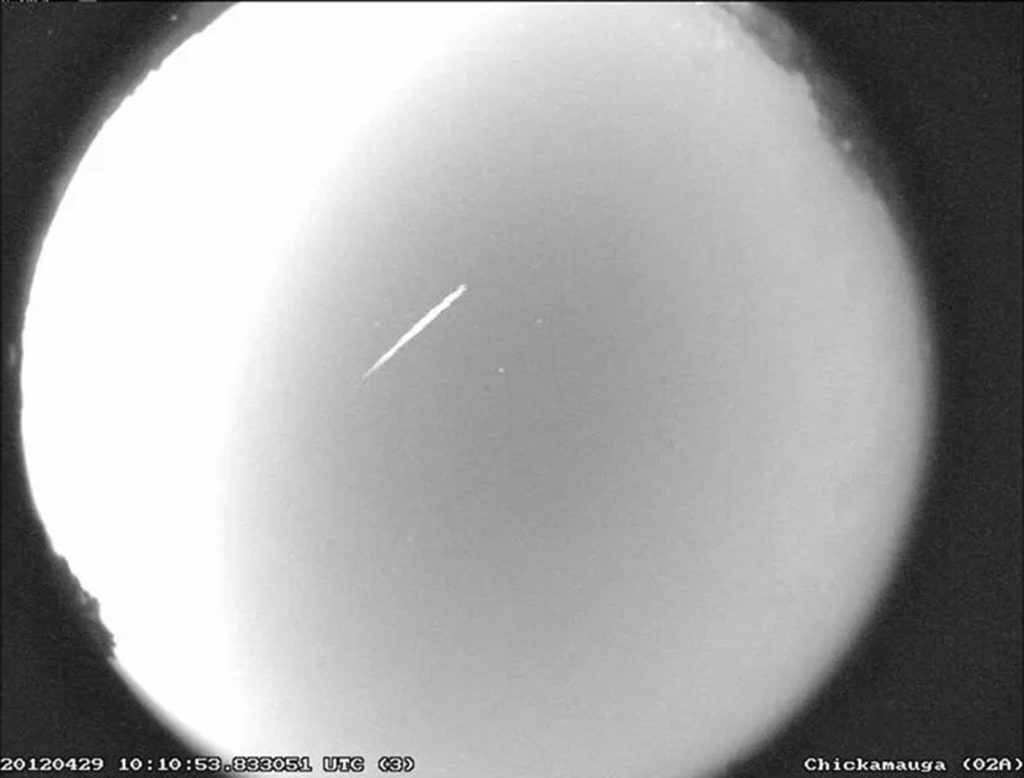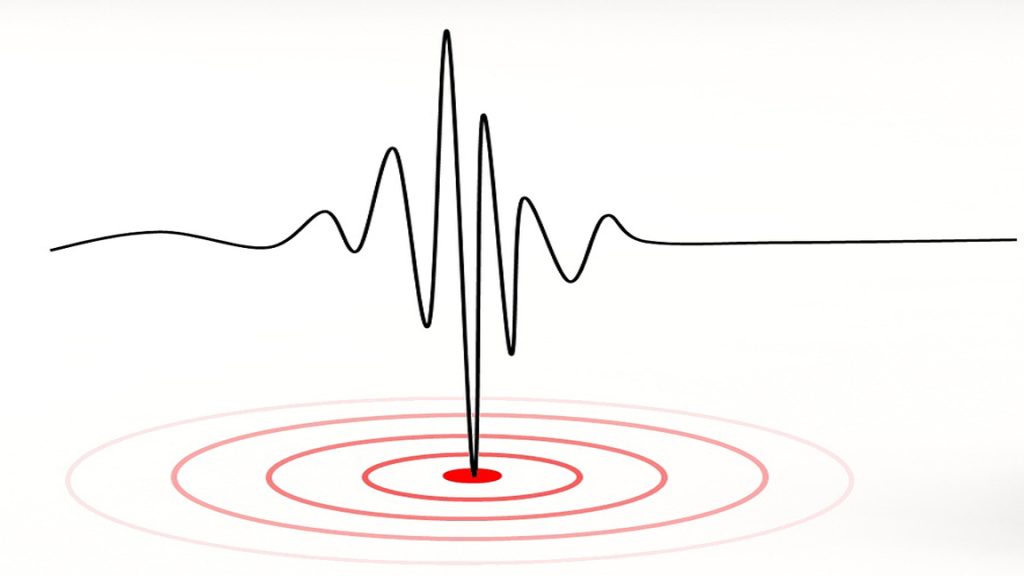Halley’s Comet, famous for its 75-year orbital period around the Sun, also plays a crucial role in providing Earth with meteor showers. As our planet traverses the trail of debris left by this comet, it experiences two significant meteor showers each year, one of which is the Eta Aquarids.
When the Eta Aquarids peak, observers are treated to a celestial display caused by Halley’s Comet. "You'll know that Earth is crossing the path of the most famous comet," remarked Shauna Edson from the Smithsonian's National Air and Space Museum. The meteors from this event are described as "pretty fast," according to NASA's Bill Cooke.
During the peak of the Eta Aquarids on Tuesday morning, stargazers might catch glimpses of 10 to 15 meteors per hour under optimum viewing conditions. However, visibility is likely to be hampered by the moon being nearly two-thirds full at that time. The viewing period for the Eta Aquarids extends until May 28, making it essential for astronomy enthusiasts to prepare for this celestial event. Additional information about the Eta Aquarids and other meteor showers can enhance the experience for those eager to watch.
A meteor shower occurs when Earth orbits the Sun, intersecting trails of debris left by cometary and asteroidal bodies. The Eta Aquarids specifically originate from particles shed by Halley’s Comet. As these particles, moving at high speeds, enter Earth's atmosphere, they face increased air resistance, causing them to heat up and eventually combust. This incandescence results in the vivid streaks of light or "shooting stars" that capture our attention.
No specialized gear is needed to enjoy the meteor showers; a clear spot away from urban light pollution is sufficient. The optimal time for viewing is usually during the early predawn hours when the moon is low in the sky, reducing light interference. To maximize the chances of spotting meteors, it’s best to find locations that feature cloudless nights and minimal artificial lighting, particularly when the moon is waning.
For those wondering about upcoming meteor displays, the next prominent meteor shower—the Southern Delta Aquarids—will peak in late July. Such events offer a fantastic opportunity for both seasoned astronomers and casual observers alike to connect with the wonders of the night sky.
The Associated Press Health and Science Department, supported by the Howard Hughes Medical Institute’s Science and Educational Media Group, is responsible for the content shared. Christina Larson contributed to this report.












